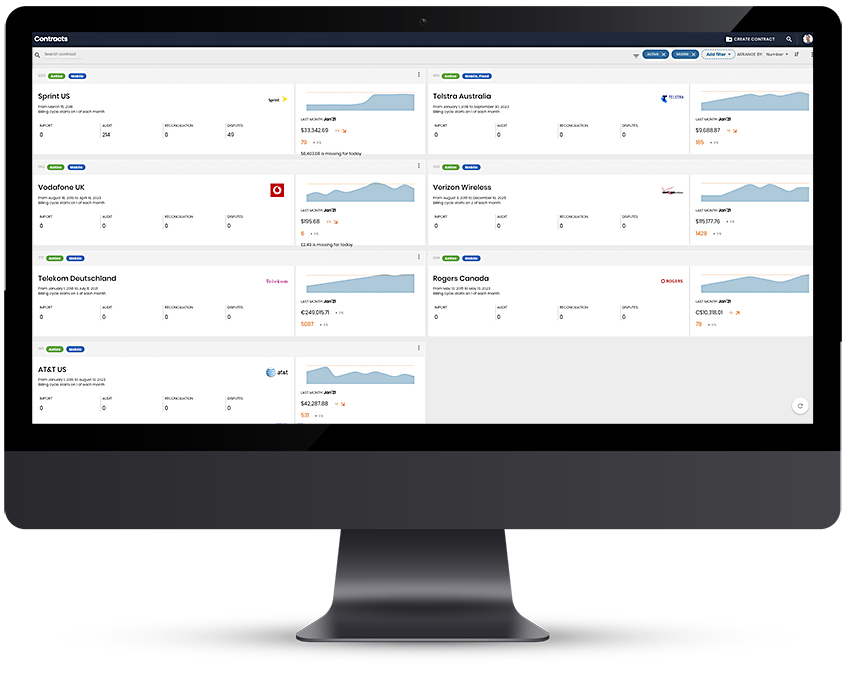Intro
Regardless of industry or vertical, modern organizations rely on physical and virtual goods and services to run their business. In order for these organizations to conduct business, they must deal with the procurement of those goods and services on a regular basis. How businesses go about procuring these goods and services can have a significant impact on their bottom line. According to Deloitte’s Global 2021 Chief Procurement Officer Survey, “Investments in advanced digital solutions are a key enabler for success.” In 2021, procurement leaders are spending more time on strategy and transformation to drive better results.
The first step to reduce high procurement costs is to understand the difference between direct spending and indirect spending.
Direct Spend
Direct spending refers to the purchase of any goods and services that are directly related to the making of your company’s products. These goods can include raw materials, components, hardware, and subcontracted manufacturing services. These items are generally worked into a budget and are purchased in large quantities at pre-negotiated prices.
Indirect Spend
On the other hand, indirect spending is focused on the day-to-day needs for operating the business. This can include office supplies, consultations, repairs of any equipment, as well as any fees that need to be paid for disposing of waste or recycling. These types of purchases are made when there is a need and aren’t generally subject to negotiation for pricing.
Differences
One of the differences between indirect and direct spending is how they are monitored. Since supplies under the direct spending category impact production, those purchases are heavily monitored, while indirect spending is very difficult to monitor. This practice becomes a problem when indirect spending spirals out of control.
For many organizations, between 20 and 50 percent of all operating costs fall under the indirect spending category. Indirect spending costs can often hurt a company’s bottom line because there is less control over what is being paid for and which businesses those products are being bought from. This means that employees who are making these types of purchases may not be paying attention to where they can shop to save money.
However, procurement professionals and procurement software can help cut costs by tracking purchases and setting up protocols for purchasing. Once they identify where money is being wasted, they can develop saving and sourcing strategies for both direct and indirect spending, so needed supplies and services can be purchased without breaking the bank.
Check out how brightfin can help save you time by simplifying your procurement process.

Takeaway
While your employees’ direct and indirect spending may not seem like a big deal, as time goes on, the amount of money your company loses can add up. Taking control of how your business handles direct and indirect spending can save your business money in the long run, freeing you up to use that money for other important projects.
According to CPO Rising, “Deliberate processes powered by rich insight that is drawn from clear context seem much more likely to succeed than other methods. Enterprise-level visibility into savings, spend, and performance is not universally held today. The simple fact is that it is more difficult to manage projects and allocate resources when faced with poor visibility into final results and uncertainty as to overall enterprise objectives. Beyond that, the difference between identified savings (63%), booked savings (42%, not shown), and implemented savings (41%, not shown) has the potential to create a gap between procurement’s perception of its impact and reality. In the past these breaks have undermined procurement’s credibility, most notably with the CFO.”
The past few years have shown us that everything we do is unknown and uncertain, and the only way to survive this is by optimizing spend to generate positive cash flow.
So it is no surprise that organizations should focus on things like spending visibility, proactive control over who spends what (and when), and efficient procurement processes. Modern, distributed workforces offer new challenges and finance and operations teams need a centralized portal to manage their IT expenses and assets.




